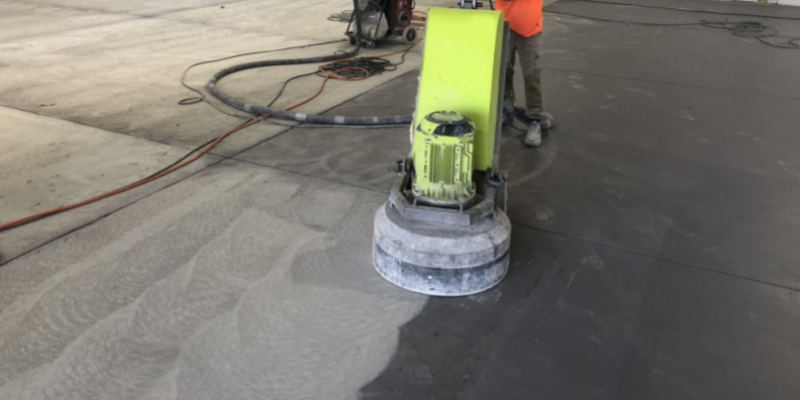How can we help you
Epoxy coatings are known for their outstanding durability, resistance to chemicals, and attractive appearance. However, when it comes time to renovate or replace an old epoxy floor, the process of removing the existing coating can be quite labor-intensive. To efficiently tackle epoxy removal, it’s important to have a well-thought-out plan, the right tools, and a good understanding of the surface conditions.
1. Evaluate the Epoxy Thickness and Adhesion
Before starting any physical work, it’s crucial to assess the thickness and condition of the epoxy. Thinner coatings may be easier to remove using less aggressive methods, while thicker, multi-layered coatings or older systems that have chemically bonded over time will require more powerful removal tools like thick epoxy floor coating removal tool.
2. Select Appropriate Removal Tools
Using the right tools is key to efficiently stripping epoxy from concrete. Specialized epoxy floor coating removal tooling, including the TCT segment coating removal tool, is designed to penetrate tough coatings while protecting the concrete substrate. Depending on the type of coating and the desired finish, you can choose between tools with aggressive segments for quick removal or finer tools for a smoother finish.
3. Utilize a Suitable Grinding Machine
Effective epoxy removal necessitates a machine that can apply consistent pressure and maintain control across the surface. A walk-behind floor grinder with the appropriate weight and motor power will ensure even removal while minimizing the risk of gouging the concrete. Ensure that the grinder is compatible with your selected tools.

4. Work in Sections for Enhanced Control
Breaking the floor into manageable sections allows for more even removal and reduces the likelihood of missing areas. Begin with a test section to assess how the tools perform, which can help you adjust speed, pressure, or tool choice before proceeding with the entire surface.
5. Keep the Work Area Clean
The process of removing epoxy generates dust and debris that can hinder your progress and visibility. Using an industrial vacuum system connected to the grinder not only enhances safety but also allows the operator to clearly see the results as they work, leading to a more precise outcome.
6. Inspect and Prepare for the Next Phase
After the epoxy has been removed, check the floor for any remaining coatings, gouges, or imperfections. Depending on the next planned surface treatment—such as polishing, resealing, or recoating—you may need to perform additional grinding or cleaning steps.
Efficiently removing epoxy floor coatings is about working intelligently, not just laboriously. With a clear strategy and the right equipment, even the most stubborn coatings can be removed cleanly and safely, allowing your project to progress on a solid foundation.